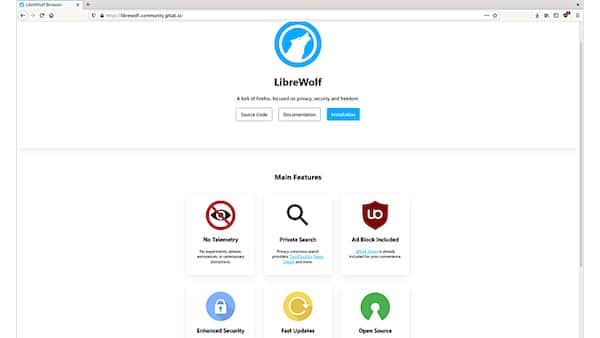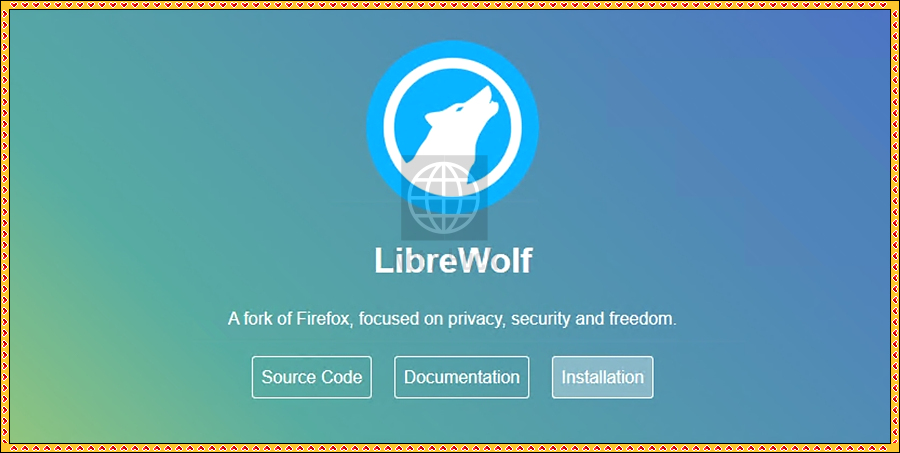
Today I joined him and I decided to document the installation process as a video, without any prior preparation. Ryan has been experimenting with LibreWolf for quite some time now. We’ve mentioned LibreWolf quite recently as an alternative to Mozilla Firefox, mostly a clone which removes the known malicious ‘features’ that Mozilla keeps subjecting Firefox users to.
#LIBREWOLF OPENSUSE UPDATE#
“Firefox and LibreWolf can be run in parallel amid transition, so there’s no conflict.”As we’ve argued before, the end goal is getting off the Web, wherever possible, in order to escape the direction the Incidentally, there’s a new update to Gemini Protocol, announced only hours ago, but that will be the subject of another post. I have a bunch of others installed, but I very rarely use them because they’re niche players. I use Falkon, Konqueror, and NetSurf the rest of the time. So today I decided to move what’s left of Mozilla Firefox on my machine (Debian 10, but the video above is distro-agnostic) - a browser I only use about 10% of the time anyway. I wasn’t particularly interested in LibreWolf until recently when I discovered they had deleted GitHub (RockyLinux did the same, moving in a similar direction). When we say “they” we mean quite a few people who got involved and they’re nowadays openly shunning Startpage, knowing its true owners. In addition, they’ve adopted AppImage and Flatpak packages, just like Lagrange.

Months ago it decided to delete GitHub (we pushed it in this direction) and it already has some Debian scripts in place, ready to help wider adoption. THE LibreWolf project is still quite young.

etc/apt//home_bgstack15_aftermozilla.gpgįor more information visit the official websiteof this browser.Summary: Like LibreOffice, LibreWolf offers a way out of notorious corporate grips such as Oracle’s or Mozilla’s (yes, is Apache now, but it’s way out of date and not safe to use anymore) we take a look at how LibreWolf gets installed on GNU/Linux distros using Flatpak (there are other ways) etc/apt//home:bgstack15:aftermozilla.list \ To remove the GPG key and repository: sudo rm -f \ If the same is for the LibreWolf browser, then removing it will not be an issue, go for the following commands. There are many situations where we don’t require any particular application on our system anymore.
#LIBREWOLF OPENSUSE INSTALL#
Hence, using the APT package manager and system update command will also fetch and install any new version available for the browser as well. Well, updating or upgrading the browser version will not be an issue because we have its official repository to install it. To run it, go to the Application launcher and search for LibreWolf, as its icon appears, click the same to run. If the above command has been executed on your system successfully, then you would already have the browser installed on your Debian 11 Linux. Once all the above commands are executed on your Debian 11 system, we can go for the final installation command to install the LibreWolf browser on our system. Run system update, again: sudo apt update -y sudo apt install wget -y sudo wget -O /etc/apt//librewolf.gpg To confirm the packages we get from the official repository of LibreWolf are from the genuine source without any modification, also add the GPG key singed for the browser packages by its official developers. Here is the command to follow: echo "deb $(lsb_release -sc) main" | sudo tee /etc/apt//librewolf.list Hence, we have to manually add the one offered by the developers of this browser. Unlike Firefox, the LibreWolf browser is not available to install using the official repository of Debian 11. This will also rebuild the APT package manager’s cache.


Use Debian 11 Update CommandĮxecute the common system update command on your Debian 11 to ensure everything is up to date. Steps given in this tutorial can be used for other versions of Debian 11, and Linux based on it such as Ubuntu, MX Linux, Linux Mint, POP OS, Elementary OS, and more… 1.
#LIBREWOLF OPENSUSE HOW TO#
How to uninstall or remove Steps to install LibreWolf browser on Debian 11 Bullseye


 0 kommentar(er)
0 kommentar(er)
